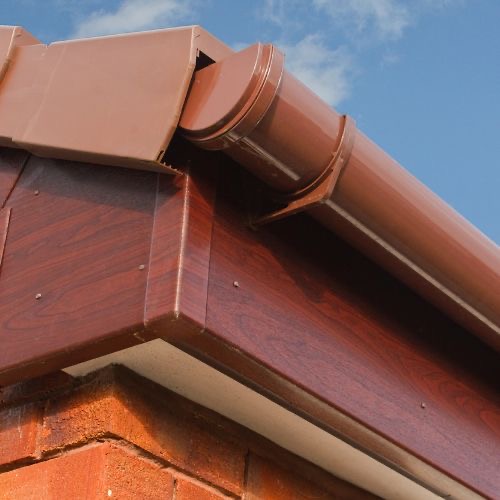When it comes to fascia boards, the type of wood used can make a significant difference in durability and maintenance. As a homeowner, it’s essential to understand the implications of using non-pressure treated wood for fascia boards.
What are Fascia Boards?
Fascia boards are horizontal boards that run along the edge of a roof, providing a smooth surface for attaching gutters and serving as a barrier against weather elements. They’re a crucial part of a home’s exterior, and their material can affect the overall appearance and longevity of the structure ¹.
Pressure-Treated vs. Non-Pressure Treated Wood
Pressure-treated wood is designed to resist rot, decay, and insect damage. However, it’s not always the best choice for fascia boards. The chemicals used in pressure-treated wood can cause the wood to warp, twist, or crack, which can lead to a less-than-desirable appearance ².
Non-pressure treated wood, on the other hand, can be a suitable option for fascia boards, especially if you’re looking for a more natural, rustic appearance. However, it’s essential to choose a durable, rot-resistant wood species, such as cedar or redwood, to ensure the fascia boards can withstand the elements ¹.
Considerations for Using Non-Pressure Treated Wood
If your contractor is recommending non-pressure treated wood for your fascia boards, here are a few things to consider:
- Durability: Non-pressure treated wood may require more frequent maintenance and replacement compared to pressure-treated wood.
- Appearance: Non-pressure treated wood can provide a more natural, attractive appearance, but it may also be more prone to warping or cracking.
- Cost: Non-pressure treated wood can be less expensive than pressure-treated wood, but it may also require more frequent repairs or replacement.
Conclusion
Using non-pressure treated wood for fascia boards can be a suitable option, but it’s essential to weigh the pros and cons. If you’re unsure about the best material for your fascia boards, consult with your contractor to determine the most durable and attractive option for your home.
References:
Forever Architect
HomeShow Radio
Comparing Pressure-Treated vs. Non Pressure-Treated Wood
